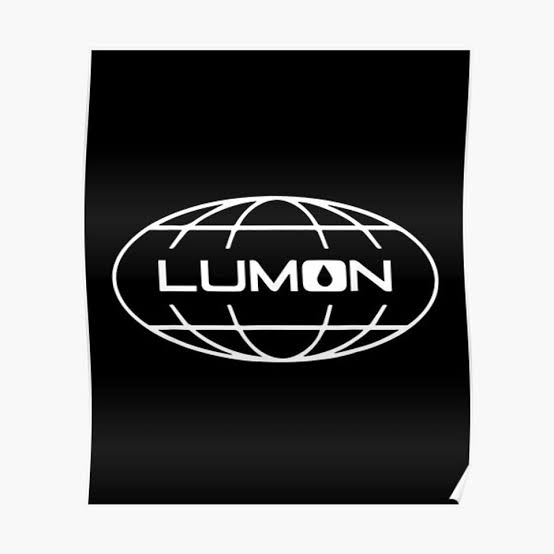In the realm of dystopian thrillers and corporate satires, few television shows have captured the public imagination like Apple TV+’s “Severance.” At the heart of this series is the fictional Lumon Industries—a nefarious corporation whose chilling headquarters symbolizes the division between work and home, the “innies” and “outies.” But what if the eerie, meticulously designed headquarters wasn’t entirely fictional? In a twist of fate, director of photography Jessica Lee Gagné discovered the real-life inspiration behind Lumon Industries in an abandoned midcentury office building that once housed Bell Labs, now transformed into Bell Works. This architectural gem, located in Holmdel, New Jersey, has become a must-see tourist destination and a social media darling on Instagram and TikTok.
A Serendipitous Discovery in Rural New Jersey
While scouring the internet for abandoned malls and decaying corporate relics to serve as the perfect backdrop for “Severance,” Jessica Lee Gagné stumbled upon a blog featuring haunting photos of an old office building known as Bell Labs. The building, with its wraparound internal walkways, triangular skylights, and a magnificent sunken lobby adorned with giant planters set within a vast atrium, exuded an eerie emptiness. Intrigued by the building’s uncanny atmosphere—a blend of decaying industrial architecture and modern design—Gagné quickly typed “Bell Labs” into Google Maps. Zooming in, she discovered that the location was not a figment of artistic imagination but a real place in Holmdel, a rural town in central New Jersey.
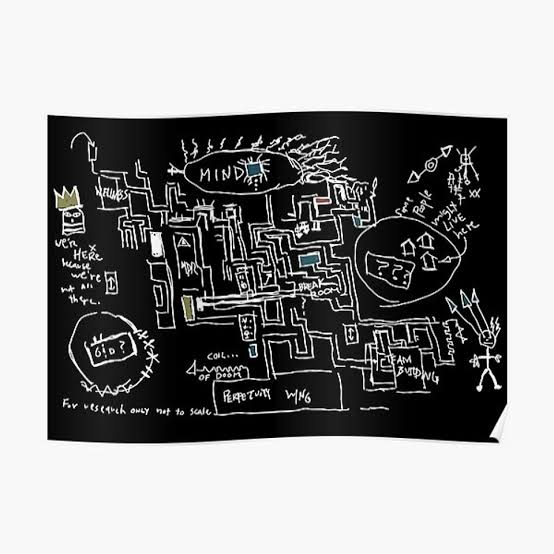
Her initial disbelief, captured in her own words—“this can’t be true, is this a real place?”—marked the beginning of an adventure that would eventually redefine the show’s visual narrative. Within days, Gagné, accompanied by director and executive producer Ben Stiller, made the drive up the winding access road of Holmdel. Along the way, they passed a three-legged white water tower, oddly reminiscent of a transistor radio—a subtle nod to the building’s storied past linked to telecommunications and corporate America.
From Bell Labs to Bell Works: A Transformation
Originally, Bell Labs was the creative powerhouse of AT&T’s research division, a place where innovation and scientific breakthroughs were commonplace. Known affectionately as the “Black Box” due to its opaque, rectangular exterior, Bell Labs was once an “intellectual utopia” where thousands of scientists and engineers gathered to push the boundaries of technology. Under the visionary design of Finnish-American architect Eero Saarinen—the same mind behind the Gateway Arch in St. Louis—the building was constructed to encourage spontaneous interactions among researchers. Floating walkways and a spacious atrium were meant to spark creativity and collaboration.
However, as decades passed, the once-celebrated research hub fell into decline. By the early 2000s, the building had become a decaying, abandoned relic of corporate history. The transformation began when the building was purchased by a new developer and renovated into a mixed-use complex now known as Bell Works. This modern reinvention preserved many of its iconic midcentury elements while introducing contemporary amenities such as chic retail spaces, a food court, and state-of-the-art offices.
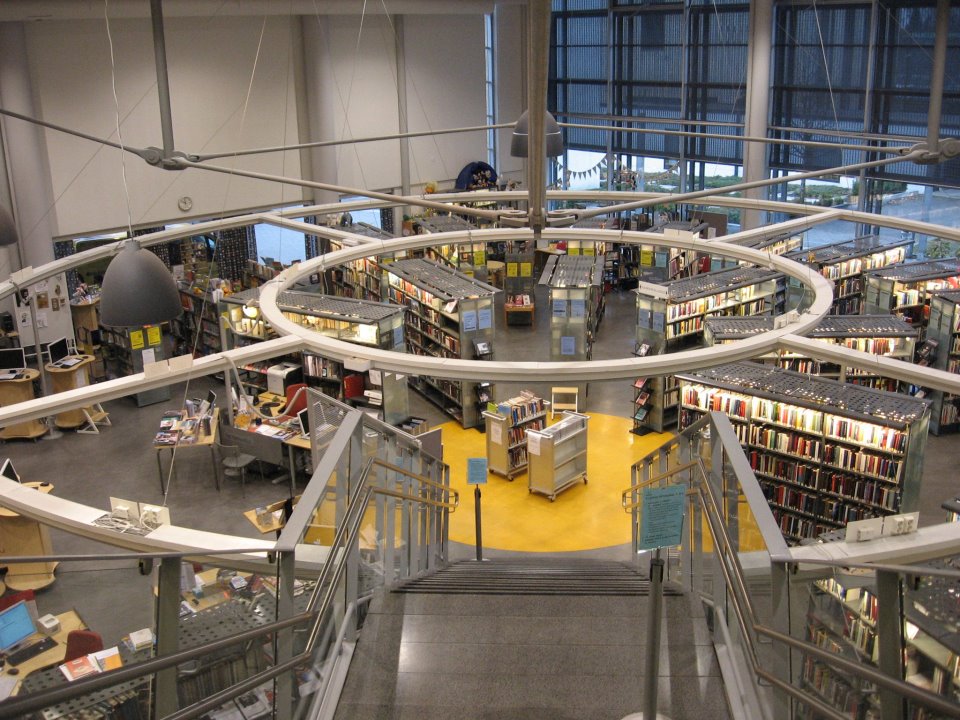
Today, Bell Works stands as a testament to both its past and its rebirth. With its reflective glass facade and stark geometric forms, the building perfectly embodies the corporate frigidity and hidden secrets that define Lumon Industries in “Severance.” Fans of the show have flocked to this real-life location, turning it into a tourist attraction and an Instagram and TikTok sensation.
The Symbolism Behind the Architecture
For the creative team behind “Severance,” Bell Works offered more than just a filming location—it provided a powerful visual metaphor. The building’s internal walkways, sunken lobby, and expansive atrium evoke a sense of isolation and controlled uniformity. In the show, Lumon Industries is as much a character as the employees who have agreed to surgically sever their work selves from their home lives. The sterile, almost dystopian quality of the headquarters mirrors the soul-sucking dread of corporate America, where the boundaries between personal identity and professional duty blur into an opaque, intimidating façade.
Jessica Lee Gagné noted that the building’s mirrored exterior and its ability to reflect the inner darkness of its occupants resonated with the series’ themes. “The opaque glass facade is a reflection of the characters—who they really are on the inside is a lot darker than who they are on the outside,” she explained. This observation underlines how the real-life structure serves as a symbol for the duality present in every modern individual—the conflict between what is visible and what lies hidden beneath the surface.
A Breakout Star in the Digital Age
Since its transformation into Bell Works, the building has transcended its original purpose. No longer merely a relic of Bell Telephone Laboratories and the former corporate headquarters of AT&T, it has become a breakout star in its own right. Fans of “Severance” and lovers of architectural marvels have taken to social media, making Bell Works one of the top trending topics on platforms like Instagram and TikTok. Hashtags such as #LumonIndustries, #BellWorks, and #SeveranceFilmingLocation are now ubiquitous, drawing attention from a global audience.
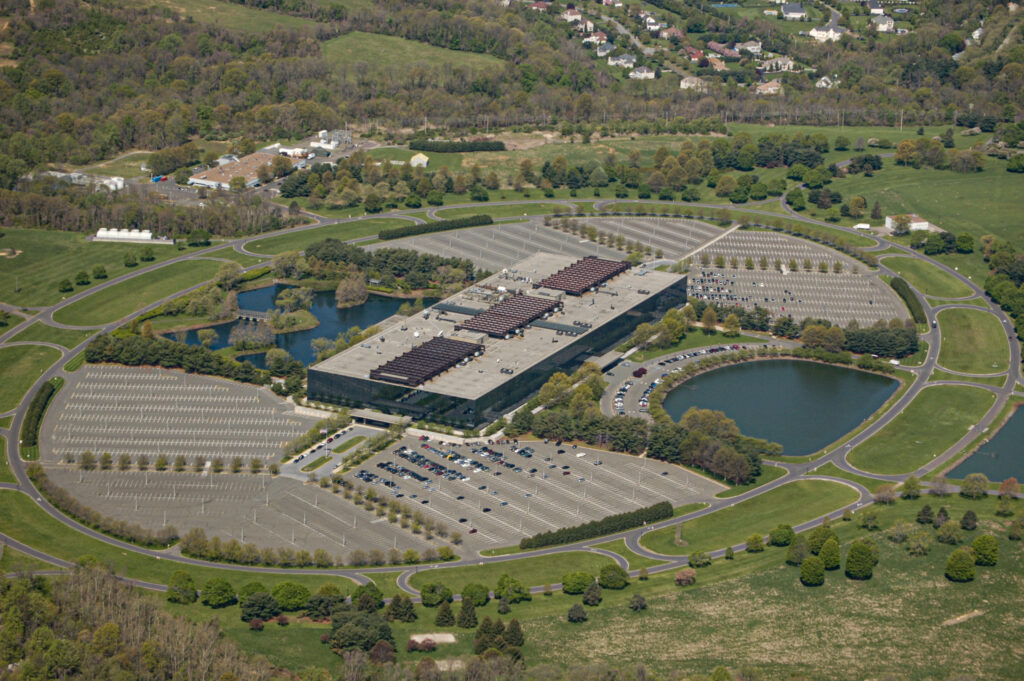
Visitors are not only captivated by the building’s historical significance but also by its modern-day utility as a vibrant mixed-use complex. Today, the atrium buzzes with activity—remote workers gather in sunken conversation pits, toddlers play on artificial turf near bistro tables, and passersby capture the stark beauty of the building’s design against the backdrop of a revitalized Holmdel. The transformation from an abandoned structure to a dynamic hub of social interaction is a testament to the enduring appeal of well-executed architectural vision.
The Legacy of Bell Labs and Its Modern Revival
The history of Bell Labs is deeply intertwined with the evolution of technology and innovation. In its heyday, Bell Labs was a breeding ground for groundbreaking discoveries, ranging from the development of the transistor to the advancements that led to modern-day cellphones and fiber-optic communications. With over 15,000 employees and a legacy that includes numerous Nobel Prizes, the institution was once the epicenter of technological progress.
Yet, like many institutions of the past, Bell Labs eventually succumbed to the passage of time. The building’s decline in the late 20th century was emblematic of the shifting tides in corporate research and the eventual decentralization of innovation. Its rebirth as Bell Works is a narrative of renewal—a bridge connecting the illustrious past of corporate innovation with the dynamic present of creative reuse and architectural preservation.
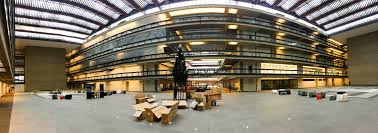
For fans of “Severance,” the building’s storied past adds an extra layer of intrigue to the show’s narrative. It is no coincidence that the same walls that once witnessed scientific breakthroughs now serve as the eerie backdrop for a series that challenges the very notion of corporate identity and personal freedom. Keywords such as “Bell Telephone Laboratories,” “AT&T,” “Black Box,” “intellectual utopia,” and “modern design” encapsulate the building’s evolution from a bastion of innovation to a symbol of modern corporate dystopia.
A Journey of Discovery and Inspiration
The serendipitous discovery of Bell Labs by Jessica Lee Gagné highlights the fascinating intersection of history, architecture, and modern storytelling. In a digital age where Google Maps, social media platforms like Instagram and TikTok, and online blogs shape our understanding of the world, a single search query can unlock hidden treasures. The journey from stumbling upon faded photographs of a decaying building to witnessing its transformation into Bell Works underscores the power of technology and digital media in unearthing stories that resonate with contemporary audiences.
For filmmakers, architects, and fans of dystopian narratives alike, Bell Works serves as a reminder that sometimes the most compelling characters in our stories are not human at all—they are the silent, imposing structures that shape our collective imagination. As the real-life embodiment of Lumon Industries, Bell Works challenges us to reflect on the nature of work, identity, and the spaces we inhabit every day.
The Cultural Impact of “Severance” and Its Filming Locations
“Severance” has already established itself as a cultural phenomenon, sparking debates about work-life balance, corporate control, and the ethics of technological intervention. The show’s ability to blend high-concept science fiction with deeply personal human drama is amplified by its striking visual aesthetic—an aesthetic brought to life by real locations like Bell Works. As audiences continue to dissect the layers of meaning behind the series, the filming locations themselves have become integral to the conversation.
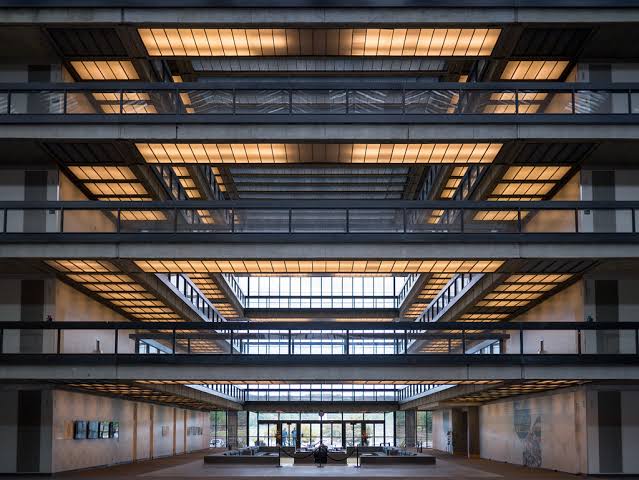
Tourists and architecture enthusiasts now flock to Holmdel, New Jersey, eager to experience the building that inspired Lumon Industries. Whether it’s the bizarre beauty of the three-legged water tower or the reflective surfaces of the mirrored office spaces, every element of Bell Works contributes to its allure. Keywords such as “filming location,” “Severance set design,” “corporate headquarters,” “dystopian thriller,” and “architectural wonder” highlight the multifaceted appeal of the site.
The transformation of Bell Labs into a mixed-use complex that now functions as a vibrant community space further cements its status as a cultural landmark. Once a symbol of a bygone era of corporate might and scientific innovation, it has been reimagined for a new generation—a generation that values authenticity, creativity, and the ability to find beauty in unexpected places.
Final Reflections: Where History Meets the Future
The story of Bell Works, the real-life counterpart to Lumon Industries in “Severance,” is a narrative of transformation, resilience, and creative reinvention. It stands as a powerful reminder that the past is never truly gone—it evolves, taking on new meanings and serving as the foundation for future innovation. As fans of “Severance” continue to debate the symbolism of work and identity, they are also drawn to the tangible history encapsulated by Bell Works—a building that has transcended its origins to become a beacon of modern architectural and cultural relevance.
In an era where corporate America and technological advancement shape our daily lives, the legacy of Bell Labs and its modern revival as Bell Works provides a compelling commentary on the spaces we inhabit and the stories we tell. From its initial discovery via a simple Google search to its rise as a social media darling on platforms like Instagram and TikTok, the journey of this building mirrors the very themes explored in “Severance”: the duality of human existence, the interplay between the visible and the hidden, and the ongoing quest to understand our place in a complex, ever-changing world.
As visitors walk through its expansive atrium, marvel at its triangular skylights, and contemplate the reflective surfaces of its mirrored facade, they are not only stepping into the physical space of Bell Works—they are stepping into a living narrative where history meets the future. For those who have followed the breakout star of “Severance” from screen to reality, the experience is both haunting and inspiring, inviting us to question the nature of corporate identity and to reimagine the spaces where our lives unfold.
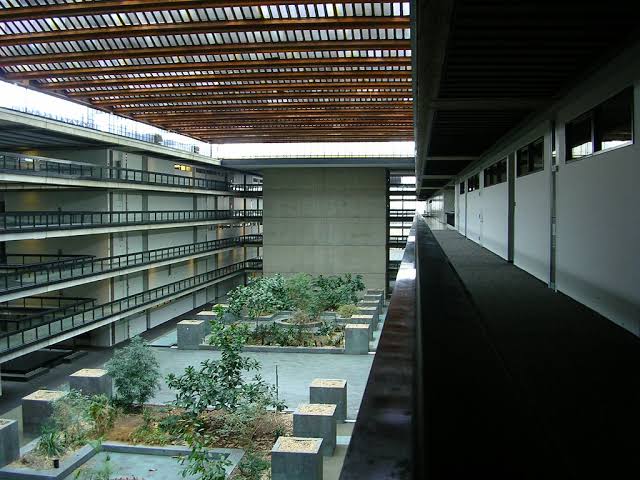
In the end, Bell Works is more than just the real-life Lumon Industries—it is a symbol of how art, architecture, and storytelling can converge to create something truly extraordinary. As the legacy of Bell Labs endures and finds new expression in the world of modern media and digital culture, it continues to challenge our perceptions and inspire us to look beyond the surface. In the echo of its empty corridors and the glimmer of its reflective glass, we find a reminder that every structure has a story—and sometimes, that story is a mirror reflecting our own hidden depths.
By stepping into the world of Bell Works—the building that inspired the fictional Lumon Industries—viewers and visitors alike are offered a unique glimpse into the convergence of past and present. It is a space that encapsulates the spirit of innovation, the burden of corporate identity, and the transformative power of architecture. In experiencing its history and its modern revival, we are reminded that every story, no matter how dark or surreal, has a tangible root in the real world.






